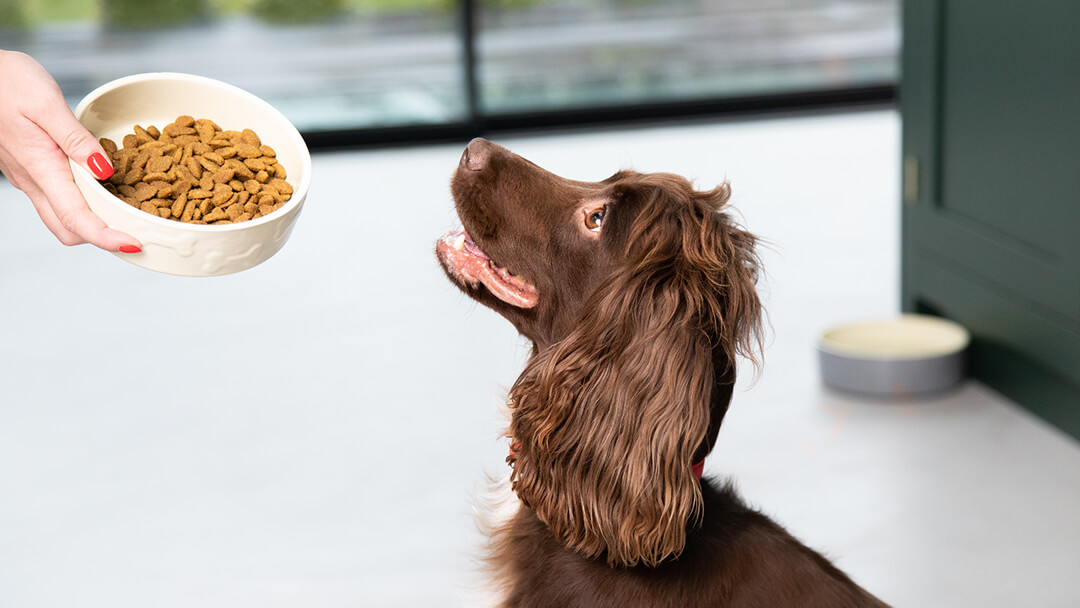
If you ever need to change your dog’s brand of food – be it for nutritional, medical or life-stage reasons – it’s important to make the transition as smooth as possible.
CH-CH-CH-CH CHANGES
There are a host of reasons why you may need to move your dog onto a different food: nutritional requirements alter as dogs get older; a medical condition may require a special diet; and occasionally dogs get fussy and just go off their usual brand.
Because dogs can often be sensitive to changes in their diet, try to make the transition as smooth as possible. A slow transition process will help your dog to more easily digest the carefully formulated ingredients and nutrients of the new brand by naturally adjusting the enzymes in the digestive tract.
MAKING THE SWITCH
Start by mixing the new food with your usual brand, then gradually increase the proportion over one week to 10 days, until your dog is only eating the new food. Don’t be surprised if your dog has an upset tummy to begin with. This is not unusual.
Day 1: Add one part of the new food to nine parts of your dog’s usual food.
Day 2: Add two parts new to eight parts of the old food.
Day 3: Add three parts new to seven parts old, and so on until…
Day 7 - 10: You are only feeding the new food.
CHANGING FROM CANNED DOG FOOD TO DRY
Provide plenty of drinking water. There is naturally far less moisture in dry food.
CHANGING FROM PUPPY FOOD TO ADULT FORMULAS
Transition puppies to an adult formula at approximately 12 to 24 months, depending on the size the dog will be when fully grown. Large and giant breeds take far longer to mature.
Don’t be tempted to switch too soon.
CHANGING FROM ADULT DOG FOOD TO SENIOR
Dogs of seven years and older should be fed a specially formulated senior food, designed to provide the optimum balance of key nutrients. Click here to check out our specially formulated senior range.










